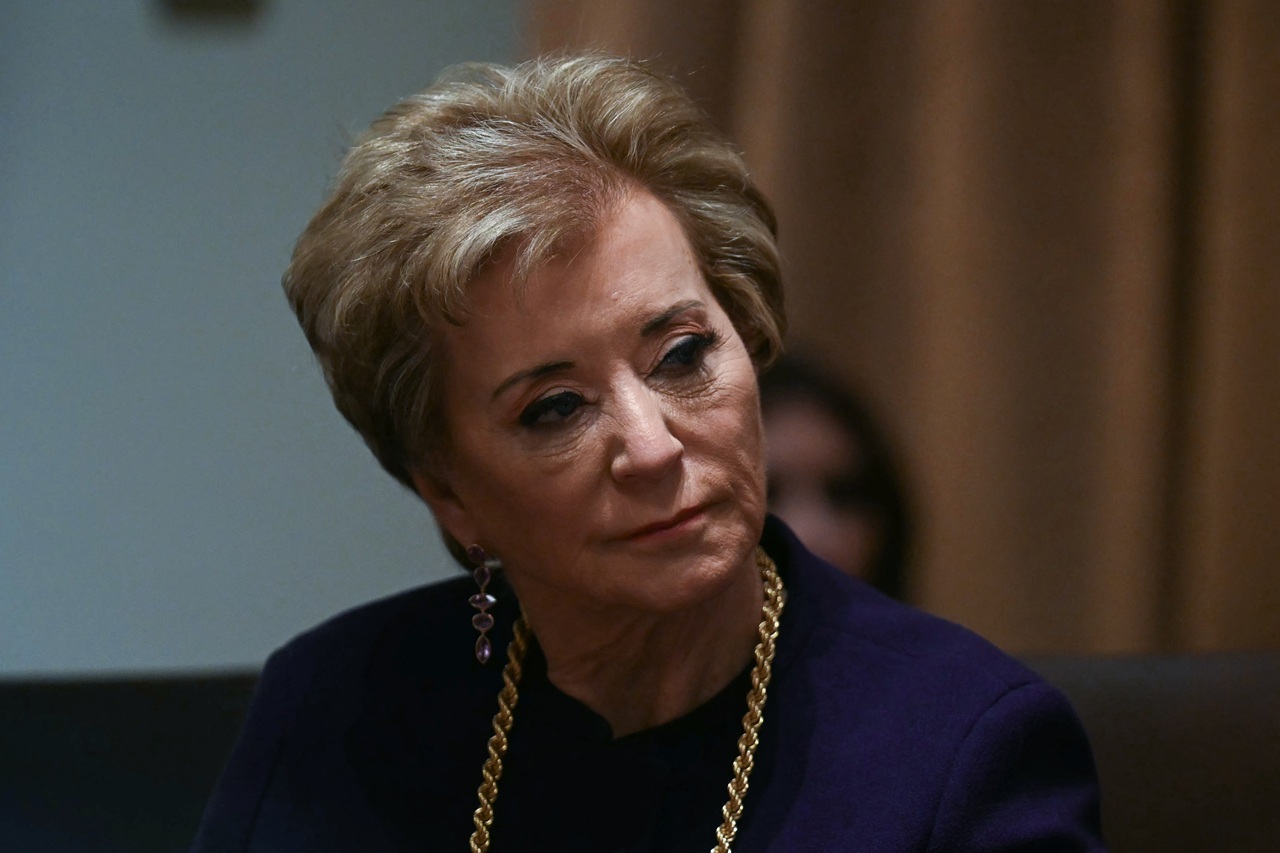
Early voting data confirms the power of young Latinx voters
NBC News just made Texas a “toss-up,” a sign of the key Latino vote.
The 2016 election showed how a razor-thin margin of voters has can affect the lives of millions.
President Donald Trump won Pennsylvania by 44,000 votes, after over 6 million Pennsylvania voters showed up to the polls. It was enough to be one of the deciding factors solidifying Trump’s presidency.
This could happen again, but the influence of the Latinx vote could tip the scale in a handful of states: Pennsylvania — the biggest battleground state in the nation — Florida, and Texas, with the former two being the most coveted.
Victory hinges on winning Florida and Pennsylvania and young Latinx voters could play a decisive role in these two “toss-up” states.
A record 32 million Latinx voters are eligible to vote in the 2020 Presidential Election, the largest non-white demographic voting this year.
Nearly 3 million Latinx voters have voted early, compared to about 1.4 million who cast their votes at this point in 2016. Nearly 500,000 are young Latinx voters under 30. According to NBC, about 65% of them voted for the first time.
What’s most surprising is the demographic’s age. According to Census data, 40% of Latinx voters eligible to vote are 18-35, making Hispanics and Latinos among the youngest racial or ethnic group with a median age of 30.
Every 30 seconds, a young Latino in the United States turns 18, and this year their votes count more than ever as 2020 continues to prove the election could be the year Latinos, specifically young Latinx voters, will make or break the election.
And so far, we’re making it, confirming a 2020 study by Telemundo in partnership with Buzzfeed that was an in-depth study into a segment of the influential young voting bloc.
Key findings revealed 64% of young prospective voters “definitely” planned to vote in November, with 82% citing the Black Lives Matter movement as a motivating factor.
“Racial and ethnic social equality” was identified as the most important social or political issue for their generation by a majority of responders, with 16.6% identifying it as the top overall issue.
COVID-19 has also influenced their decisions. After all, the pandemic has affected Latinos at a disproportionate rate compared to all other demographics in the United States. Of those surveyed, 83% say the pandemic has affected their health or finances, and nearly 48% have suffered because of job losses or pay cuts.
But the conflicting portion of the study highlighted young Latinos wavering allegiance— at the time. Over a third of the micro-demographic either described themselves as independent or undecided about their political affiliation. Half identified as Democrat, while 13% identified as Republican.
With such numbers and the issues highlighted, it’s impossible to connect to Latinx voters without first understanding the Latinx youth and the potential they carry as a voting bloc.
That’s especially with so much on the line and the lack of respect witnessed over the last four years. Young Latino voters are both influential to their families and deeply tuned-in to the issues at hand.
RELATED CONTENT
The NALEO Education fund released its latest results from the eighth week of its nine-week 2020 Latino Weekly Tracking Poll released Oct. 27.
“In a set of crosstabs that take into account around 3,300 unique Latino voters surveyed over the last eight weeks, Biden got 79 percent of respondents who already voted, with President Donald Trump getting 18 percent. According to NALEO, 34 percent (up 18 points from Week 7) of respondents say they have already voted,” wrote Latino Rebels.
Biden was also favored highly among second-generation Latinos (76%), English-dominant Latinos (70%), Latina voters (71%).
Already, early voting with such Democratic turnout is resulting in unprecedented shifts within swing states like the previously-mentioned Florida and Pennsylvania.
NBC News also just moved Texas, which hasn’t voted for a Democratic presidential candidate since 1976, to a “toss-up,” highlighting the close race between Trump and Biden. With its large Latinx population, there’s no doubt the demographic’s voting power is an attribution to this.
In Texas, they make up 30% of eligible voters, with projections indicating Hispanics could become the largest population group in Texas as soon as mid-2021.
And the Biden campaign knows this.
This year has seen Latinx outreach on an unprecedented scale, through millions poured into micro-targeting ads, in-person visits to Latinx communities, and releasing Latinx-specific policies.
While everything remains uncertain regarding the election. There’s one thing that will not be forgotten in future elections, and that’s in regards to the growing power of the Latinx electorate, potentially driven by young people.










LEAVE A COMMENT: